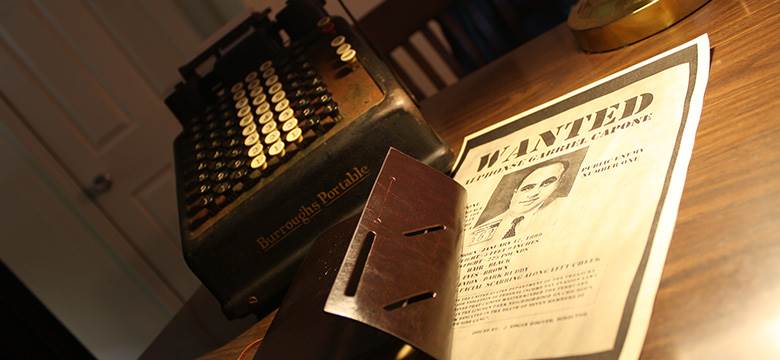 We have been discussing different types of escape rooms but haven’t yet touched on what to do for the actual puzzles, which is a pretty important part. Below we have shared some puzzle ideas, code examples and lock types for you to make your own escape room, puzzle race or mystery trail.
We have been discussing different types of escape rooms but haven’t yet touched on what to do for the actual puzzles, which is a pretty important part. Below we have shared some puzzle ideas, code examples and lock types for you to make your own escape room, puzzle race or mystery trail.
Pro Tip: It is important to prompt some early success. When we fail from the start, it can be hard for us to stay motivated and finish something. Starting with one or two easier puzzles encourages participants to keep going by giving them the satisfaction of success and building their confidence.
We will begin with puzzle ideas. These are what participants have to solve to figure out the clue. All of these are customizable to whatever you want your clue to be and can be formatted for most themes.
Puzzle ideas
- Letter: No matter the theme of the room, you can have a written letter for guests to read. Use the content to reveal a clue, such as putting certain words in bold or capitalizing random letters. Those that are different would be the clue to spell something out. If numbers are needed, throw those in the text, whether as numeric or spelled out. Or just make the whole thing a riddle.
- Grille Cipher: Speaking of letters, a grille cipher is an added layer to the letter clue. Using another piece of paper, cardstock, or whatever material you choose, cut out boxes that will reveal the appropriate letters when placed over your written letter. Those letters reveal the next clue. Here is what the original letter would look like and the piece over the top. The letters that are left reveal “This is a clue”.
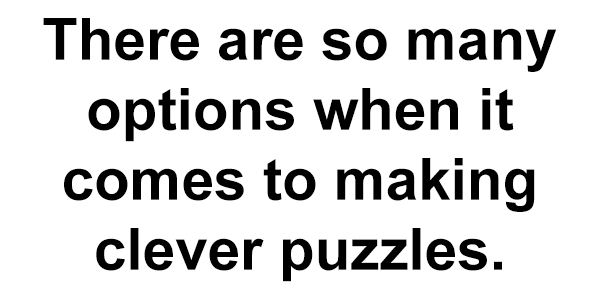
- Permanent Message: Supplies needed; dry erase board, dry erase marker, eraser, and permanent marker. IMPORTANT: Make sure both types of markers are the same color and about the same thickness. Write a message on the board with the dry erase marker. Erase the clue words/letters and rewrite them in the same spot with the permanent marker. The clue leading to this point would hint for them to erase what they don’t need. After they erase the board, all that is left is the clue in permanent marker. This one can be tricky as most players do not expect to erase a clue.
- Blacklight flashlight: These are so cool and require minimal work. Just get some invisible ink markers, choose your clue and where it goes, then write it. Participants have to find the blacklight and then find where to shine it.
- Pig Pen Cipher: This puzzle is neat because it really captures the Hollywood-portrayed mystery solving by utilizing shapes and a decoder to understand a message. Participants look at the symbols in the message and use the letters from the decoder that match the shape in order to figure out which letters go where.
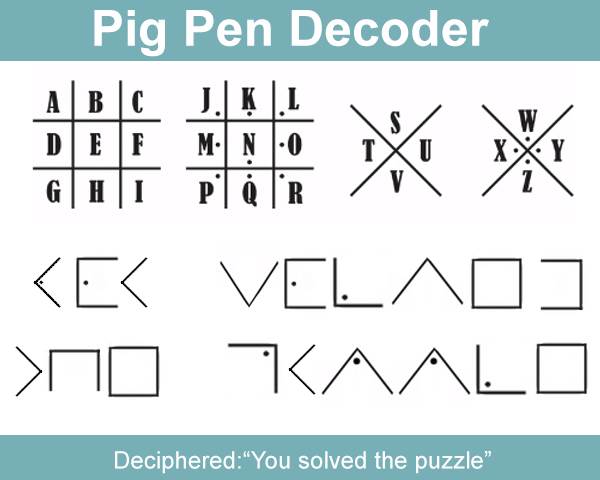
- Colored objects: Whether it is cups, blocks, or lights, colored objects are an easy way to make a number clue. Just have them add up how many of each color, that will give them the number they need.
- Snote: You will have to use the internet to get this one. A snote is a pattern that has words/numbers buried within it that cannot be seen when looking straight at it. Participants have to look at the paper from different ways until they can see what it reads. It’s all about the angle. Basically, it is super elongated letters that cannot be deciphered when looking at it as you normally would text. Here is an online example. Use the dials to tilt the snote and see if you can find the four words within.
- Clipart: Using either clipart images or emojis, spell out a name of something, such as a book title or poster on the wall. For example, you may use the following images to reference Treasure Island.
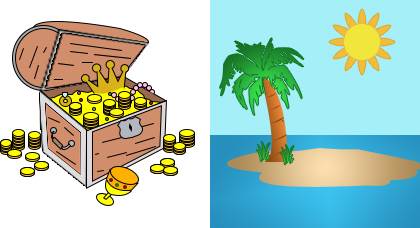
- Laser Refraction: This one takes a little physics. Place mirrors so that when a laser pointer is pointed at one, the mirrors will bounce it around the room until it lands on the next clue. For an extra challenge, make the players have to find the mirrors and put them in place.
- Lamp Light: For this clue, you will need a lamp with a shade on it. Use cardstock paper and cut out the letters/numbers for the clue. Place the cardstock on the inside of the lamp shade, making sure to cover all of the inside of it. Then lead players to have to turn on the lamp. The clue will shine through.
- Scale: This could be done two ways. Using a digital scale, you could require a specific object to be weighed and have that number be the combination. Just make sure you test and test so that you get the right number. Then test it again. The other way is to use a balance scale, where items are placed on each side until they balance out. Then maybe the amount on each side are your numbers. Think about it like the colored objects puzzle.
- Dice Puzzle: You will have to make the dice for this, because they won’t be ordinary dice. Normally, they are numbered 1-6 with opposite sides adding up to 7. For this, leave off just one number and put its opposite on the spot where the missing number should be, i.e. remove the 1 and add another 6 in its spot. Have players stack the dice by size or color so that they know what order the numbers should be in. Then the numbers are either what is missing or what is double. Just be consistent. Maybe have a clue that says, “What is missing?” or “Times two.”
- NPC (non-player character): If any of the staff or even the facilitator really likes to act, this is the perfect clue. That person will dress up and be a character in the story of the room. Players will be led to ask them a question, such as, “What is your name?” or “When were you born?”. Any type of story-related question. Think Nigel Billingsley from Jumanji.
- Puzzle Box: Sometimes you want to go with a good, old fashioned puzzle box to really get the thinker thinking.
- An actual puzzle: Like the puzzle box above, there is nothing wrong with kicking it old school and using a real puzzle. Just make sure it is small enough that they can get it together (at least in part to know what it is) in a decent amount of time.
Now that you know what kind of puzzles you can make, it is time to think about the actual answers to those puzzles. If you already have your locks, then that will narrow down the types of keys you can use. The answers also have to be something that fits into your story, i.e. if it is a word, don’t make it be “dragons” in an Al Capone-themed room. Those don’t go together at all.
Types of codes
- Year: Perfect for 4 digit number locks
- Date: Perfect for 3 or 4 digit number locks. Could also be used for a combination padlock.
- Weight: Remember that scale clue I mentioned before?
- Word: This can be the name of the next place in the room to look for a clue or if you have a letter combination lock.
- Book title: If there is a book shelf, have one of the clues be a title that they have to find within the shelf. In our escape rooms, we often use books of the Bible and will have one for them to find and then they have to turn to the correct page.
- Pattern: Use arrows or street signs to denote the directions for a directional lock.
Types of locks
- Key Lock: This could go to a padlock, drawer or door.
- Directional Lock: Players often find these to be the hardest locks to open, but they are functional and provide a different type of clue when so many involve numbers.
- Combination Padlock: Options include 3 and 4 digit number locks or the dial type from school lockers that has to be turned the right way the right number of times.
- Safe: Just like the lock I mentioned above, safes with a combination lock make for an easy and authentic lock.
- Cryptex: A cryptex is a cylindrical puzzle box that requires a 6-letter code lined between two arrows to open.
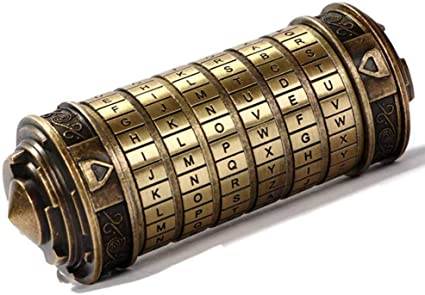 Amazon.com
Amazon.com
- Pin Code: Instead of having the door opened by a key, put a pin lock on it that requires a specific series of numbers, essentially like the ones used to open garage doors.
- Biometrics/Scanner: For a really techy room, a scanner can be used to open something. Whether they have to do the tape thumb print trick like Fury in Captain Marvel or a key card like a hotel, this lock can add some new-age pizazz.
- Flash Drive: This may sound weird under the lock section, but it can be what holds the information and requires a password or code to find what is inside.